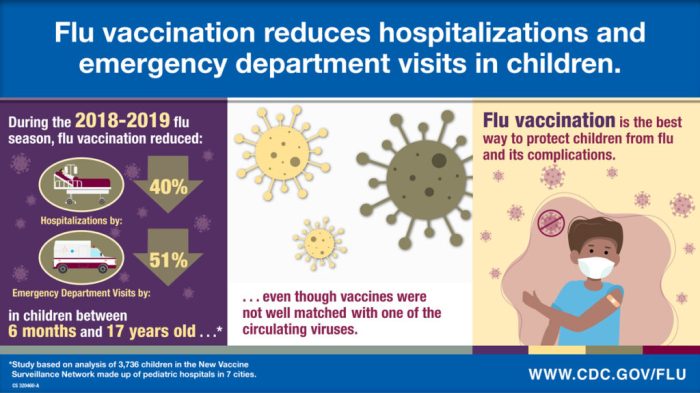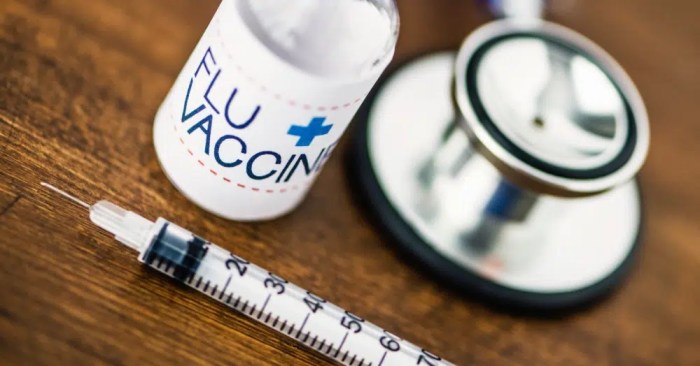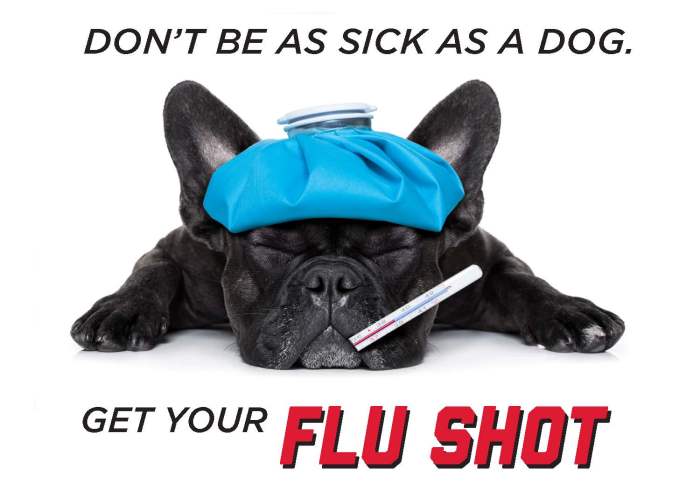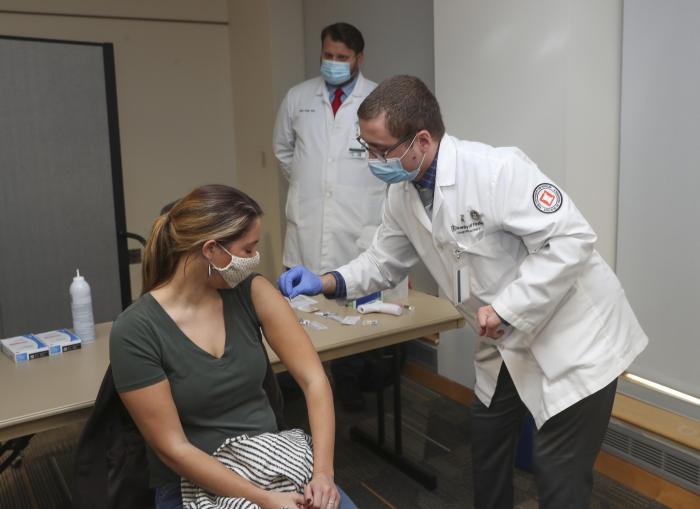Flu vaccination shots provide external benefits thus, contributing significantly to overall public health. These benefits extend beyond individual protection, creating a ripple effect that safeguards the well-being of the community. This article explores the mechanisms by which flu vaccination shots generate external benefits, the target populations for vaccination, and the cost-effectiveness of vaccination programs.
By understanding the societal and economic impacts of reduced flu transmission, we can appreciate the crucial role that flu vaccination plays in promoting public health.
External Benefits of Flu Vaccination Shots

Flu vaccination shots provide substantial external benefits beyond protecting the vaccinated individual. These benefits contribute to overall public health by reducing the spread of influenza and its associated complications, particularly among vulnerable populations.
Reduced Flu Transmission
- Vaccinated individuals are less likely to contract and transmit the flu virus, reducing the number of cases in the community.
- By reducing the overall flu burden, vaccination indirectly protects individuals who are unable to receive the vaccine, such as infants and the immunocompromised.
- Lower flu transmission rates lead to fewer hospitalizations, emergency department visits, and deaths, reducing the strain on healthcare resources.
Societal and Economic Impacts
- Reduced flu transmission improves productivity by reducing absenteeism and presenteeism (working while sick), resulting in economic benefits for businesses and organizations.
- Lower flu-related healthcare costs benefit both individuals and society as a whole, freeing up resources for other healthcare needs.
- Vaccination programs can contribute to social equity by protecting vulnerable populations and reducing disparities in health outcomes.
Mechanisms of External Benefit Generation

Flu vaccination shots generate external benefits through several mechanisms:
Herd Immunity
- When a sufficient proportion of the population is vaccinated, it creates herd immunity, protecting even those who are not vaccinated.
- Herd immunity prevents the virus from spreading through the community, reducing the risk of outbreaks and protecting vulnerable individuals.
- The effectiveness of herd immunity depends on vaccination rates, with higher rates leading to greater protection.
Protection of Vulnerable Populations
- Vaccination of healthcare workers and caregivers reduces the risk of transmission to patients and vulnerable individuals.
- Pregnant women who receive the flu vaccine pass on antibodies to their infants, providing protection during the early months of life.
- Vaccinating children and the elderly helps protect those who are at higher risk of severe complications from the flu.
Target Populations for Vaccination

Flu vaccination is recommended for all individuals over six months of age, with specific target populations identified based on age, health conditions, and occupations:
Age
- Children under 5 years old are at high risk of complications from the flu.
- Adults over 65 years old have a weakened immune system and are more likely to experience severe outcomes.
Health Conditions
- Individuals with chronic health conditions, such as asthma, heart disease, and diabetes, are at higher risk of complications from the flu.
- Pregnant women and those with compromised immune systems should also be vaccinated.
Occupations
- Healthcare workers and caregivers have close contact with vulnerable individuals and are at risk of transmitting the flu.
- Individuals who work in crowded settings, such as schools and public transportation, are also at increased risk.
Cost-Effectiveness of Flu Vaccination Programs

Flu vaccination programs are cost-effective, providing significant healthcare cost savings:
Reduced Healthcare Costs
- Vaccination reduces the number of flu-related hospitalizations, emergency department visits, and doctor’s appointments, leading to lower healthcare costs.
- Prevention of complications, such as pneumonia and bronchitis, also contributes to cost savings.
Productivity Benefits
- Vaccination reduces absenteeism and presenteeism, resulting in increased productivity and economic benefits.
- Fewer sick days and lost work hours translate into cost savings for businesses and organizations.
Factors Influencing Cost-Effectiveness
- Vaccination rates: Higher vaccination rates lead to greater cost-effectiveness.
- Severity of the flu season: More severe seasons result in higher cost savings from vaccination.
- Cost of vaccination: The cost of the vaccine and administration can influence the cost-effectiveness of the program.
Policy Implications and Recommendations: Flu Vaccination Shots Provide External Benefits Thus
To maximize the external benefits of flu vaccination shots, several policy recommendations can be implemented:
Public Health Campaigns, Flu vaccination shots provide external benefits thus
- Promote awareness about the importance of flu vaccination and its external benefits.
- Target specific populations with tailored messaging to increase vaccination rates.
Insurance Coverage
- Provide universal insurance coverage for flu vaccination to reduce financial barriers.
- Eliminate co-pays and deductibles to encourage vaccination.
Employer Incentives
- Offer incentives, such as paid time off or financial bonuses, to employees who get vaccinated.
- Provide on-site vaccination clinics to make it convenient for employees.
Mandatory Vaccination Policies
- Consider mandatory vaccination policies for healthcare workers and other high-risk populations.
- Weigh the ethical implications of mandatory vaccination carefully.
Questions Often Asked
Who should get a flu shot?
The Centers for Disease Control and Prevention (CDC) recommends that everyone 6 months of age and older get a flu shot every year.
What are the benefits of getting a flu shot?
Getting a flu shot can help protect you from getting the flu, and it can also help reduce the severity of your symptoms if you do get sick.
Is the flu shot safe?
Yes, the flu shot is safe. It is made from inactivated flu viruses, which means that they cannot cause the flu.